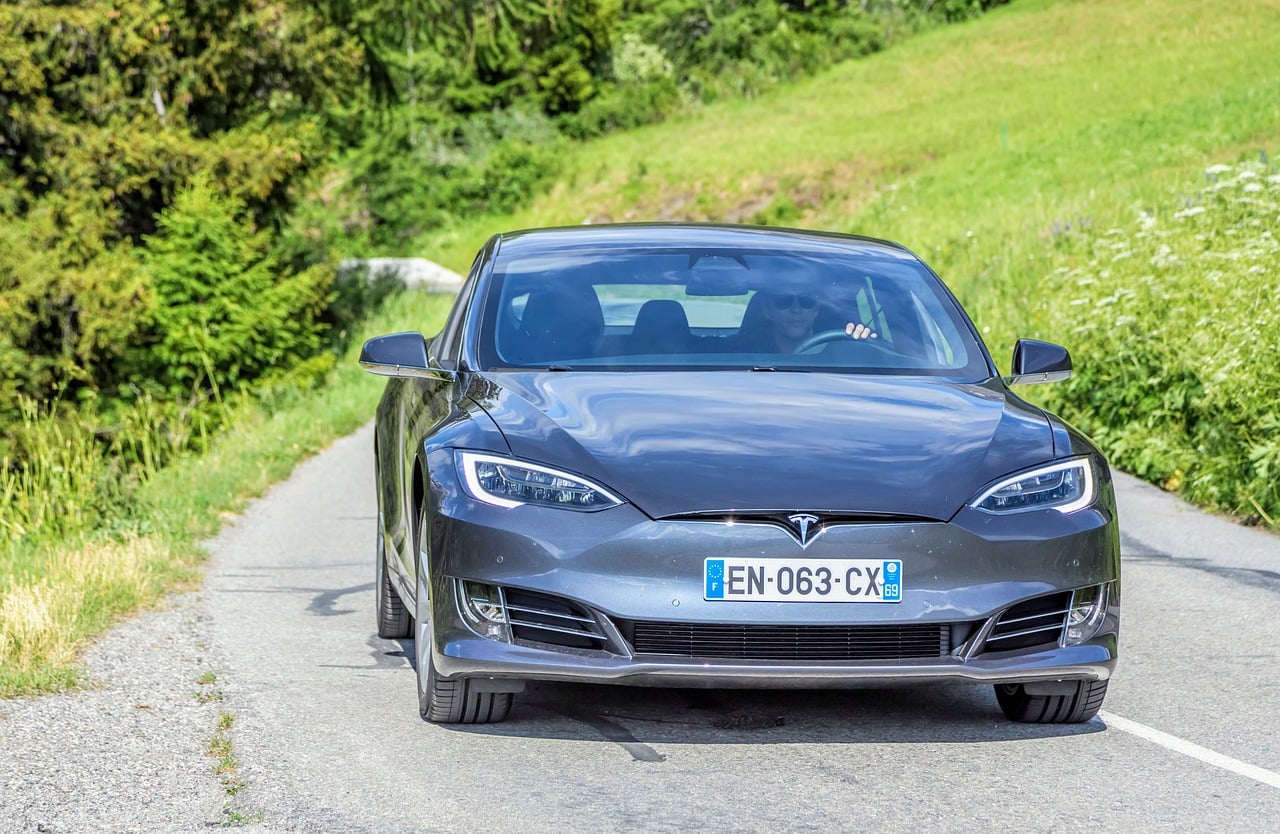Whitney Tilson’s email to investors discussing his friend’s comments on Tesla Inc (NASDAQ:TSLA)’s share of the worldwide plugin car market.
A friend’s comments on the last email:
Q2 hedge fund letters, conference, scoops etc
In response to the original poster (a Bear who eloquently described the Bull arguments) on the subject of TSLA:
Underlying demand and profitability: First, underlying demand. Once the overall performance of a BEV (battery-electric vehicle) is close enough to a gasoline/diesel engine car, it all comes down to price and lifecycle total cost. The key thing to understand here is that while performance is not yet there for most people, it’s there for some people, and that the degree of this demand is almost entirely dependent on government mandates, subsidies and other incentives. If those are low or zero, the BEV market would be 0.1% of the total auto market. But if the government takes those to the extreme, the share could be 50% (Norway) or 100% (with a strict mandate). So, once you tell me what your assumptions are for the government to dictate the competitive environment, I can tell you how large the market will be.
As for profitability and the cost of batteries, this argument is insane. The correct analogy is this: 5G will increase data speeds etc by, say, 10 times. Does that mean that Verizon’s profitability will now increase by 10x? The next chip from Intel will be 2x faster. Does that mean that Intel’s profits will increase by 2x?
So what if battery prices will be going down by 10% or 20% or whatever? If battery prices are going down by 20% for Tesla, chances are they are going down for all other automakers as well. Nobody in the industry is seriously arguing that Panasonic has some special cost curve here, that doesn’t apply equally to Samsung, LG, SKI, CATL or BYD.
On recent capex cut: The argument that Tesla has some sort of special advantage in manufacturing cars is equally insane. The comparison is not between a BEV and an ICE car. It’s between Tesla making a BEV and another automaker making a BEV.
The Tesla Model 3 is around 11% of the plugin car market: http://ev-sales.blogspot.com/2019/07/global-top-20-june-2019.html
Add together the Model X and S, and Tesla might be around 16% of the worldwide plugin car market.
It does not matter whether it’s cheaper to put together a BEV vs putting together an ICE car. Because if it’s cheaper to put together a BEV for Tesla, it’s also cheaper for all other automakers to do so. See the analogy with 4G vs 5G and the next-gen Intel chip.
For example, VW will soon have its first BEV-only factory in Germany. China already has them, with so many more being finished in only months from now, that I can’t keep count anymore. Why would Tesla have some sort of capex advantage against any of those dozens -- soon to be hundreds -- of BEV-only factories, even if as a general statement it’s cheaper to build a BEV-only factory?
Competition: The author does not seem aware that when comparing range, he is not comparing apples to apples. Tesla has optimized its cars for range. The competition has optimized for other things, all of which eat away at range:
- Serviceability of the battery pack.
- Making the battery pack survive a crash.
- Reducing the probability of a battery fire.
- Longevity of the battery pack.
- The car itself has less aerodynamic efficiency because it’s more practical that way.
- That goes for door handles and roof racks, for example.
- The car itself weighs more (Audi eTron 5,600 lbs for example) because it’s a sturdier build.
- The car can go off-road (Audi and Jaguar).
Obviously if you optimize a flimsily built lightweight car for long-range highway driving, you are going to get better range than if you build a heavier and more square car that will last longer and go off-road.
Still, even after adjusting for all of those factors, Tesla may still have an advantage against most or all competitors in terms of miles-per-kWh. But, it’s not nearly as big as the raw number suggests. You have to adjust for all of the factors outlined above. Tesla’s real advantage here is somewhere between zero and very small -- not material.
Margins: That depends on pricing, which in turn is going to be heavily dependent on what competitors do with their prices. Of course, if you assume that competition isn’t going to increase, and/or that those competitors will not cut prices in order to meet their quotas, indeed Tesla’s margins could go up. Considering that there are over 200 competitive models in the pipeline between now and the end of 2022, that proposition may work in the short term -- perhaps for the next quarter or two -- but probably not for much longer.
That actually goes to basic economics 101: In a highly competitive market -- let alone one with notorious oversupply, home-champion over-investment, and government-mandated price pressure thanks to minimum sales quotas, margins are doomed to be small, negative and shrinking. This goes for Tesla as well as all other suppliers.






